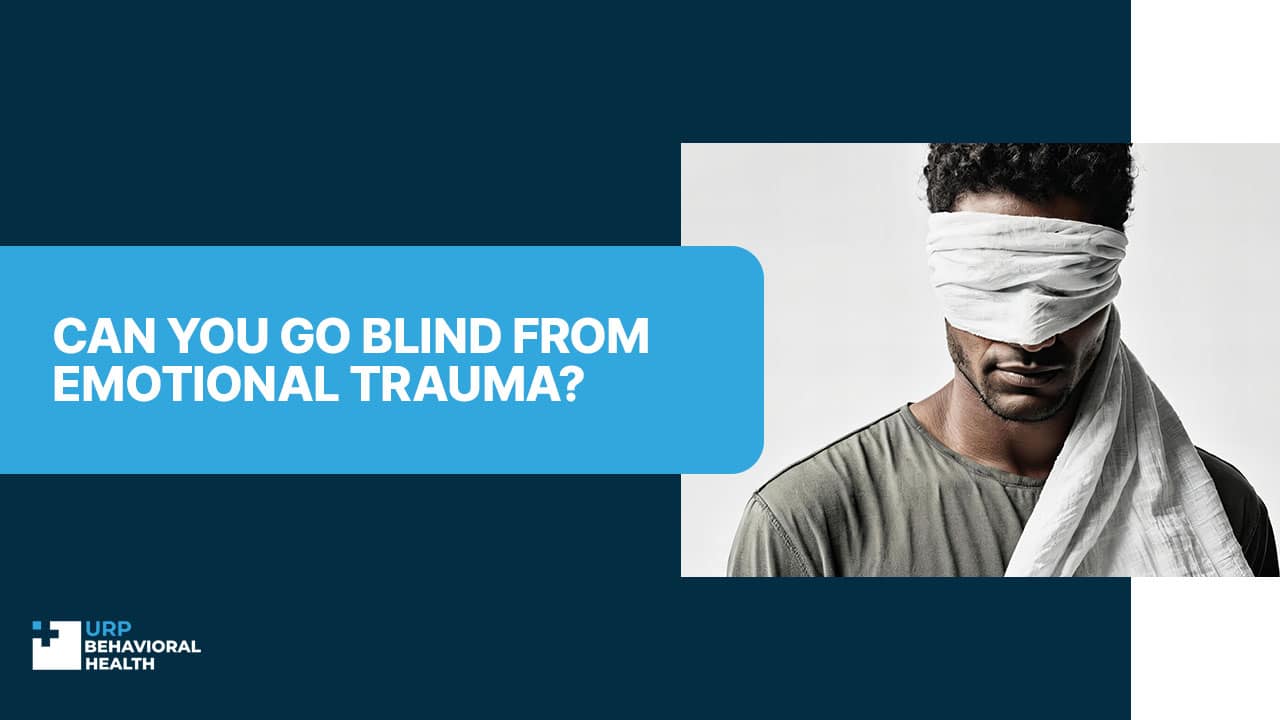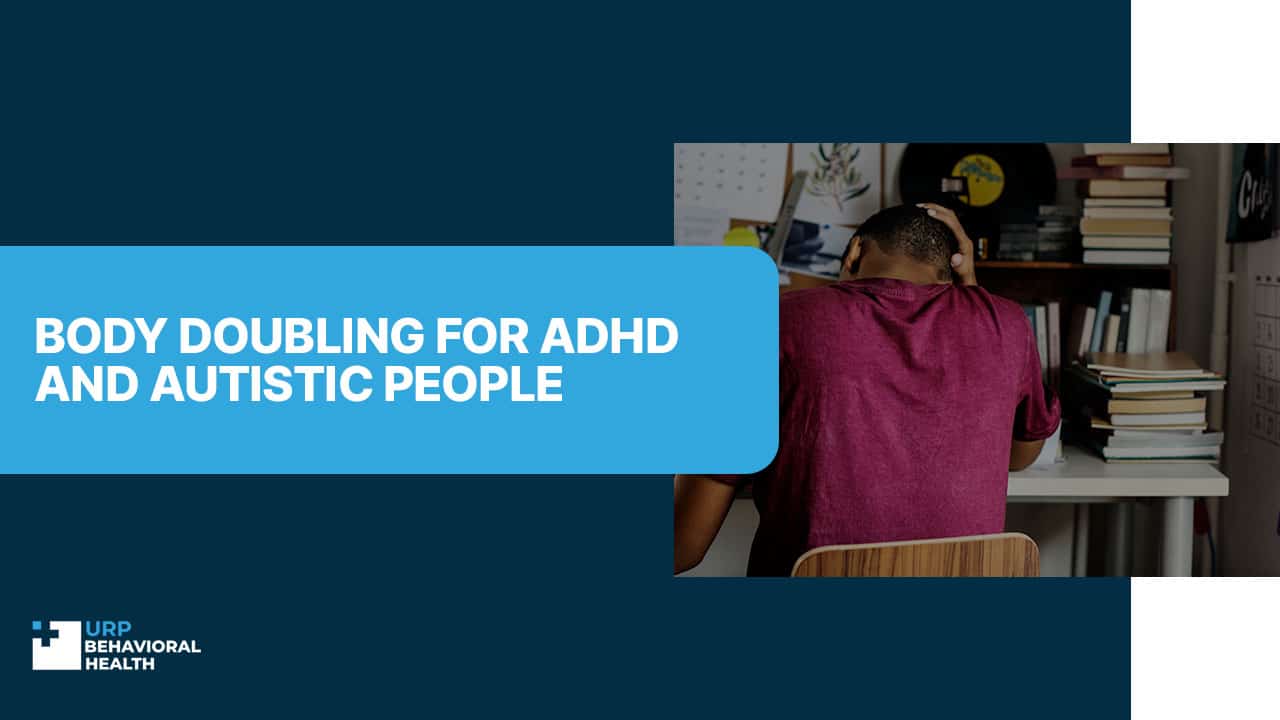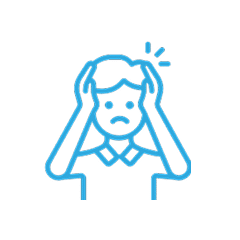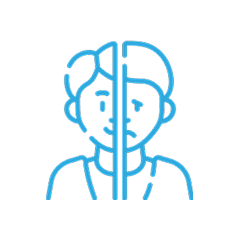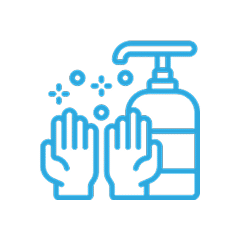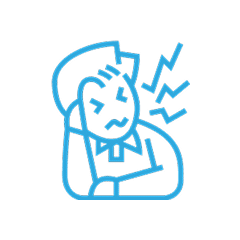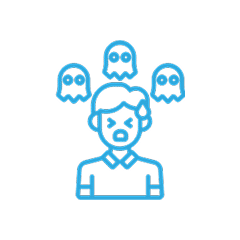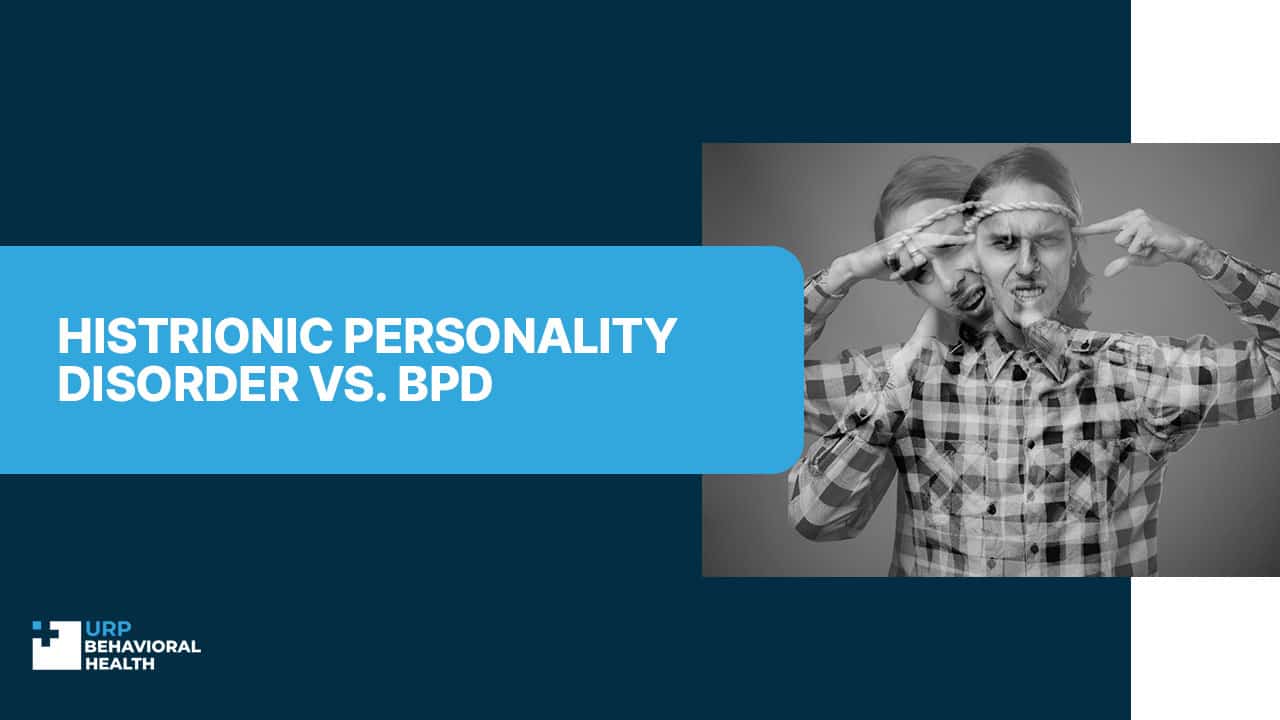
Histrionic Personality Disorder vs. BPD
Commonalities between the symptoms of borderline personality disorder vs histrionic personality disorder might knock out your balance. How to differentiate BPD and HPD given the similar unhealthy thinking patterns, emotional dysregulation, and unforeseeable behaviors? Let’s examine distinguishable borderline and histrionic traits and understand how they affect daily life.
Understanding Personality Disorders
Borderline and histrionic personality disorder types share profound and inconsistent demeanors, so clinicians relate them to one group classification of PDs [1].
What Are Personality Disorders?
Personality disorders are enduring behavioral patterns that deviate from the established societal standards [2]. These mental conditions are characterized by atypical, overwhelming ideas and sentiments that form an eccentric perception of reality. Approximately 9% of the U.S. population reportedly suffers from PDs [3].
Mental health professionals recognize three groups of personality disorders [3]:
- Cluster A. Characterized by queer demeanors (schizoid, schizotypal, and paranoid clinical disorders);
- Cluster B. Features extreme emotional behaviors (antisocial, narcissistic, borderline, and histrionic PDs);
- Cluster C. Behavioral patterns based on fright or apprehension (dependent, avoidant, and obsessive-compulsive personality disorders).
PDs may be arduous to remedy due to the longstanding pattern of behavior, which demands time and effort to transform.
Significance of Distinguishing Between BPD and HPD
The difference between borderline and histrionic personality disorder might seem slight, as these conditions can manifest similarly. Mood shifts, rash demeanors, and emotional blowups, common in histrionic vs borderline personality disorder, may impede a proper diagnosis. It’s vital to reach a well-versed psychiatrist who has proven experience in working with mental health illnesses.
We’ll help you understand your options and guide you toward care.
In-Depth Look at Histrionic Personality Disorder
Histrionic personality disorder is a long-running psychiatric condition marked by a low sense of worth, dependence on others’ approval, and an extreme willingness to be a focus of interest. People with HPD are prone to startling or unbecoming behaviors in a bid to be noticed. The early symptoms typically emerge in late teens or early adulthood. Females are more likely to demonstrate the evident signs of this disorder than males [4].
Symptoms and Diagnostic Criteria
Since the presentation of HPD may vary, clinicians need an all-encompassing medical and social history to provide a precise diagnosis.
The key signs of HPD comprise [4]:
- Profound discomfort unless in the center of attention;
- Provoking or theatrical demeanor;
- Persistent mood fluctuations;
- Overwhelming demonstration of emotions;
- Looking for assurance from others;
- Heightened receptiveness to turndown;
- Hasty behavior;
- Extreme suggestibility;
- Shallow or pretended emotions;
- Hyper-focus on physical appearance;
- Perceiving relationships as more intimate than they actually are.
To avoid the likelihood of co-occurring conditions and inappropriate treatment, healthcare experts may conduct an exhaustive psychological evaluation.
Impacts on Relationships and Daily Life
People with histrionic tendencies usually have solid social skills and can easily allure others. Their erratic demeanor can hinder building and retaining close relationships. Most individuals with HPD engage in novelty-seeking activities in pursuit of social approval. They may choose provocative clothing, have eye-catching tattoos, vividly dyed hair, bizarre hairstyles, and flashy accessories [4].
Exploring Borderline Personality Disorder
Borderline personality disorder is a tangled clinical condition defined by mood inconsistency and rashness, volatile self-image and relations, and a pervasive sense of inner void and fear of abandonment [5]. People with BPD may engage in self-destructive and suicidal behaviors to manage their negative thoughts and overwhelming feelings. The early signs usually become apparent in young adulthood and vary depending on the particular case.
Symptoms and Diagnostic Criteria
Clinicians may conduct a thorough evaluation of a patient’s history and current mental status to diagnose this psychiatric condition. The DSM-5-T enumerates the following diagnostic criteria [5]:
- Troublesome emotional regulation;
- Acute fear of abandonment;
- Self-devastating and careless behaviors;
- Variable perception of self;
- Problems maintaining healthy relationships;
- Paranoid ideation;
- Recurring mood swings;
- Fierce anger or hostility;
- Sensation of inner emptiness;
- Suicidal inclinement;
- Splitting behavior;
- Excessive tattoos or scarification from cutting.
Borderline patients can face moderate or profound impairment in personality functioning in different life spheres [5].
Impacts on Relationships and Daily Life
These individuals tend to perceive others in a black-and-white manner: they consider a person as either 100% good or purely bad. Such an unrealistic view interferes with sustaining stable interpersonal relationships. They can strongly react to the words and actions of others and become enraged or suicidal [5].
Most people with BPD describe dreadful feelings of loneliness and hopelessness, enhancing their dependence on others. They may develop maladaptive coping strategies, including substance misuse, impulsive expenditures, reckless sexual and self-harming behaviors, eating disorders, and more [5].
Comparing Borderline vs Histrionic Personality Disorder
Before proceeding to the difference between histrionic and borderline disorders, let’s see what they have in common:
- Spontaneous reactions and supreme mood shifts;
- Predisposition to act rapidly without viewing potential outcomes;
- Craving to receive the approval or assurance from others;
- Problems with lasting relationships;
- Disproportionate self-esteem.
While HPD is mainly determined by attention-seeking demeanors, BPD implies prevalent signs of emotional reactivity, identity perplexity, and self-harming notions.
Reach out today and let us create a treatment plan designed around your needs.
Attention-Seeking vs Emotional Instability
The histrionic personality disorder vs BPD distinction can be better observed in the form of a comparison table below.
| Symptom | HPD | BPD |
| 1. Attention-seeking |
|
|
| 2. Emotional instability |
|
|
Response to Abandonment and Relationships
Prone to emotional outbursts and impulsivity, people with HPD and BPD struggle to sustain stable interpersonal bonds. Let’s compare their traits in the sphere of relationships.
| Factor | HPD | BPD |
| 1. Abandonment |
|
|
| 2. Relationships |
|
|
Therapeutic Interventions
Clinicians typically approach personality disorders with holistic treatment, focusing on individual therapist-guided sessions to reduce malicious thoughts and demeanors. Psychiatrists may prescribe medications to help manage particular symptoms or co-occurring conditions.
Treatment Strategies for Histrionic Personality Disorder
It might be arduous to entice a person with HPD to seek professional help, as they commonly don’t believe that they need it. Treatment tactics may encompass:
- Different types of therapy, including cognitive-behavioral and psychodynamic, can help people clarify the urges behind their behaviors.
- Support groups. Histrionic patients can master healthier communication styles, advance skills to build stable relationships, and share their experiences with others.
- Medications. Can be helpful to treat co-existing symptoms of depression or anxiety.
Aim to collaborate with a reputable mental health expert who will consider your specific needs and symptom manifestation for a customized treatment plan.
Treatment Strategies for Borderline Personality Disorder
These means may help restructure underlying self-damaging ideas and foster personal transformation and mindfulness:
- Many types of talk therapy, such as dialectical behavioral, cognitive behavioral, schema-focused, and family therapy, can be beneficious for people with BPD.
- Group therapy. This format may help patients learn emotional regulation and interpersonal communication skills.
- Medications. Currently, there’s no specific BPD medication [6], but some options can help people handle severe mood swings and diminish the symptom presentation.
Addressing a clinician trained in a particular type of therapy may increase your chances for success.
Final Thoughts and Resources
Some symptoms of mental health conditions overlap, making histrionic personality vs borderline disorder challenging to differentiate. Qualified healthcare providers understand their key differences and address patients’ needs to provide faultless diagnoses. Without timely treatment, the symptoms can progress into a devastating mental illness. If you suspect any traits associated with these clinical disorders in yourself or your close ones, it’s vital to seek professional help.
Contact our admissions team now to begin your path toward a brighter future.
References:
- Catherine Young et al. Disorder in the Court: Cluster B Personality Disorders in United States Case Law. Psychiatr Psychol Law. 2018 June 13; 25(5): 706–723. Link: https://pmc.ncbi.nlm.nih.gov/articles/PMC6818303/. Access date: July 22, 2025.
- National Institute of Mental Health. Personality Disorders. https://www.nimh.nih.gov/health/statistics/personality-disorders. Access date: July 22, 2025.
- Kurt B. Angstman, Norman H. Rasmussen. Personality disorders: review and clinical application in daily practice. Link: https://pubmed.ncbi.nlm.nih.gov/22150659/. Access date: July 21, 2025.
- Tyler J. Torrico et al. Histrionic Personality Disorder. 2025 Jan. Link: https://www.ncbi.nlm.nih.gov/books/NBK542325/. Access date: July 22, 2025.
- Jennifer Chapman et al. Borderline Personality Disorder. 2025 Jan. Link: https://www.ncbi.nlm.nih.gov/books/NBK430883/. Access date: July 22, 2025.
- Falk Leichsenring et al. Borderline personality disorder: a comprehensive review of diagnosis and clinical presentation, etiology, treatment, and current controversies. World Psychiatry. 2024 Jan 12; 23(1): 4–25. Link: https://pmc.ncbi.nlm.nih.gov/articles/PMC10786009/. Access date: July 23, 2025.

